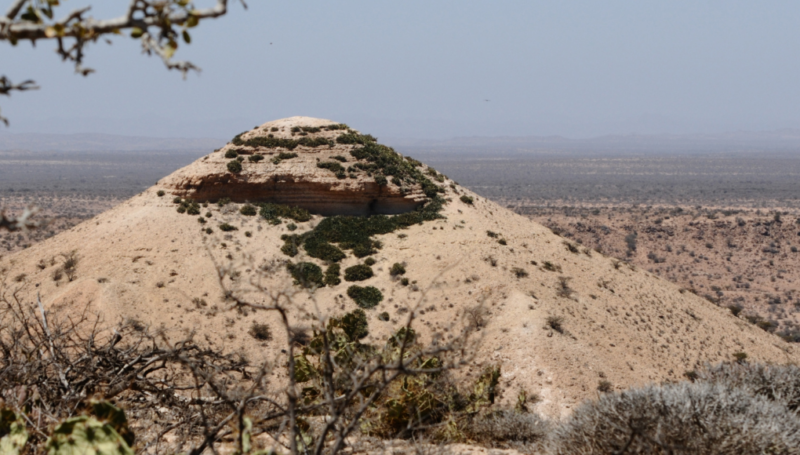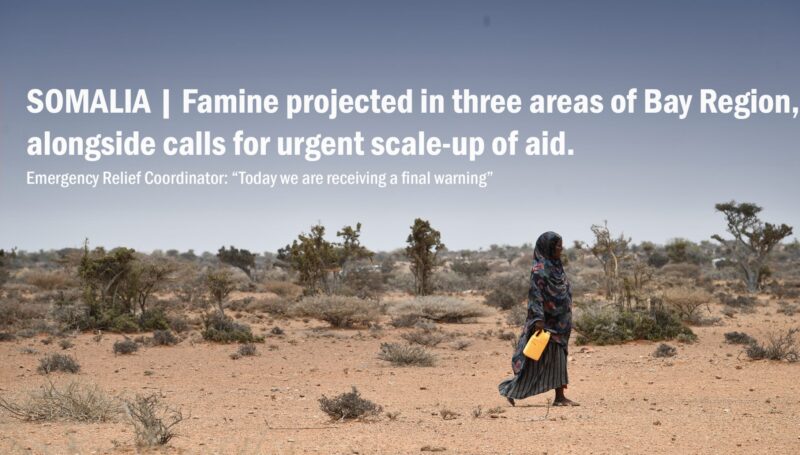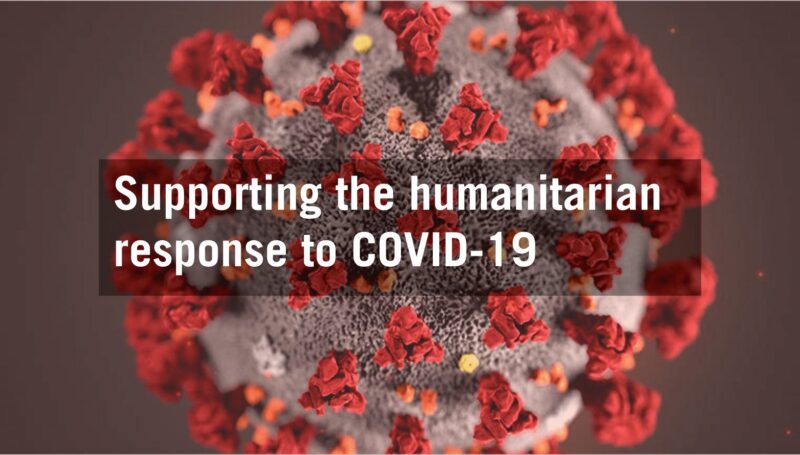Recent floods further exacerbate the severity and magnitude of the humanitarian needs in Somalia as the recent Deyr floods have significantly worsened accessibility in riverine areas, making roads unsafe or completely impassable. This situation is expected to worsen with the current Gu floods.
Note: In Somalia, “Gu” refers to the rainy season between March and June, while “Deyr” refers to the rainy season from October to December.
Infrastructure and Health Challenges
The lack of adequate Water, Sanitation, and Hygiene (WASH) infrastructure in these hard-to-reach settlements increases the risk of disease outbreaks, particularly cholera. Key informants in the majority of assessed settlements reported that roads to their settlements were unsafe or inaccessible due to the Deyr floods, a situation likely to be exacerbated by the Gu floods. The absence of proper sanitation facilities means that floodwaters, which often mix with waste, can contaminate drinking water sources, posing severe health risks.
There were already confirmed cases of cholera in hard-to-reach districts such as Balcad, Buur Hakaba, Jalalalqsi, Kurtunwaarey, and Qansax Dheere at the time of data collection. The reliance on surface drinking water sources and the practice of open defecation in some settlements reflect a severe lack of access to improved water and sanitation facilities, amplifying the risk of waterborne diseases.
Furthermore, the limited number of healthcare facilities in these regions exacerbates the vulnerabilities of the local communities. Findings indicate that most assessed settlements did not have a health facility within 30 minutes’ travel, and almost half reported that neither healthcare nor nutrition services had been provided in the month prior to data collection. With many areas cut off by floodwaters, accessing medical care becomes nearly impossible, delaying the delivery of essential health services and supplies.
Rising Displacement and Food Insecurity
Displacement rates in Somalia are climbing due to the combined impacts of floods, conflict, and food scarcity. Movement out of settlements was reported by almost all key informants, with the majority relocating to another district. Vulnerable groups, such as the elderly and disabled, often find themselves unable to relocate. In almost all assessed settlements, people who wanted to move but were unable to do so were primarily those with physical disabilities and the elderly, highlighting their heightened vulnerability.
Food insecurity is prevalent in hard-to-reach districts. Over half of the assessed settlements reported that at least one in four households did not have enough food to eat. The lack of sufficient food was also a common driver of displacement. Households have resorted to borrowing food, purchasing food with borrowed money, or sending children to eat with other households. In some settlements, these coping strategies have been exhausted, underscoring the limited options available for addressing food insecurity.
Impact on Livelihoods
Agricultural and livestock livelihoods, which are crucial in these districts, have been severely impacted by adverse climate conditions. Farming is the primary income source for most households in almost half of the assessed settlements, with an additional portion relying on both farming and livestock herding. Despite high planting rates, crop loss occurred in nearly all settlements during the last harvest season, primarily due to flooding, high temperatures, and drought.
The Famine Early Warning Systems Network (FEWS NET) reported extensive flooding during the October to December Deyr rainy season, leading to significant crop damage. This aligns with the reported crop loss in the assessed settlements. Gu flooding is expected to exacerbate these crop damages, further affecting agricultural livelihoods in hard-to-reach districts.
Limited Market Access
Limited market accessibility, combined with barriers imposed by authorities and family members, hinders households’ access to markets in the assessed settlements. The reported lack of affordability of food and water could be driving food insecurity, with both food and water prices reportedly increasing in the majority of the assessed settlements. The impact of Gu flooding could further threaten the availability of food and water supplies in accessible markets, contributing to a potential rise in prices and intensifying food insecurity.
Protection and Shelter Issues
Protection risks are prevalent in hard-to-reach districts, with at least one protection risk reported in almost all assessed settlements. The most commonly reported risks were robbery, threats of violence, forced marriage, and female genital mutilation. These risks reflect broader insecurity and violence in these areas, further complicating the humanitarian response.
Households in most assessed settlements live in inadequate shelters, predominantly relying on buuls, which are categorized as inadequate shelter types. There is an inequitable distribution of shelter types, with elderly people, women, and persons with disabilities facing challenges in accessing suitable shelter. Significant damage to shelters due to Deyr flooding, compounded by the current Gu flooding, exacerbates the shelter situation.
Implications
The situation in Somalia calls for immediate and coordinated humanitarian efforts to address the multifaceted challenges faced by the population. Enhancing WASH infrastructure, improving healthcare access, supporting agricultural livelihoods, and addressing protection risks are crucial steps in mitigating the impacts of this crisis.
For a detailed overview, read the full brief: SOM1901-HSM-Key-Findings-Brief_March-2024.pdf (impact-initiatives.org)









